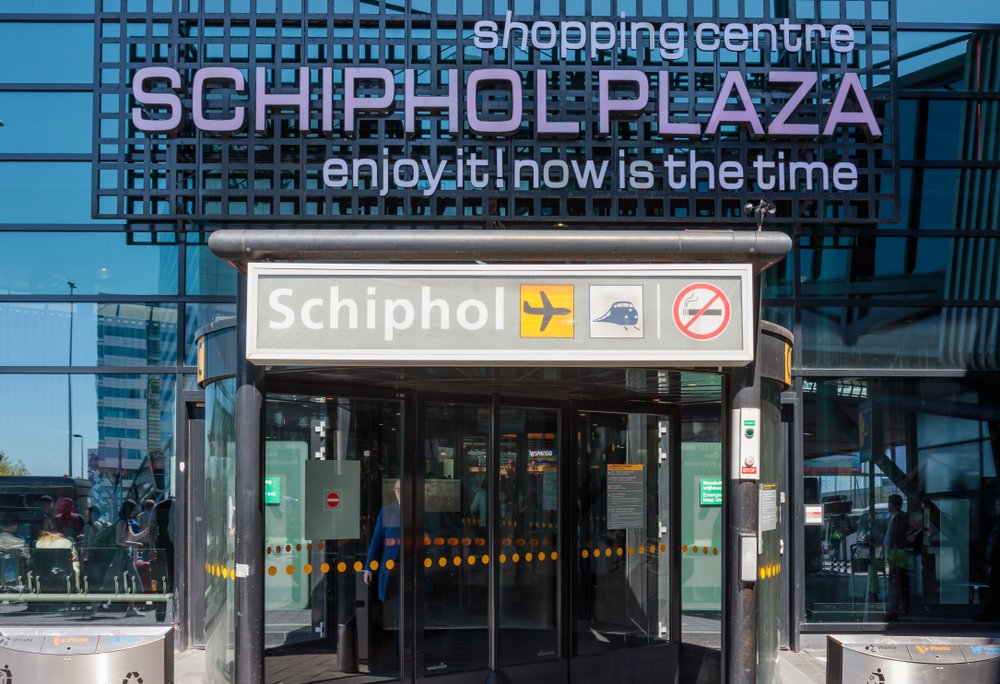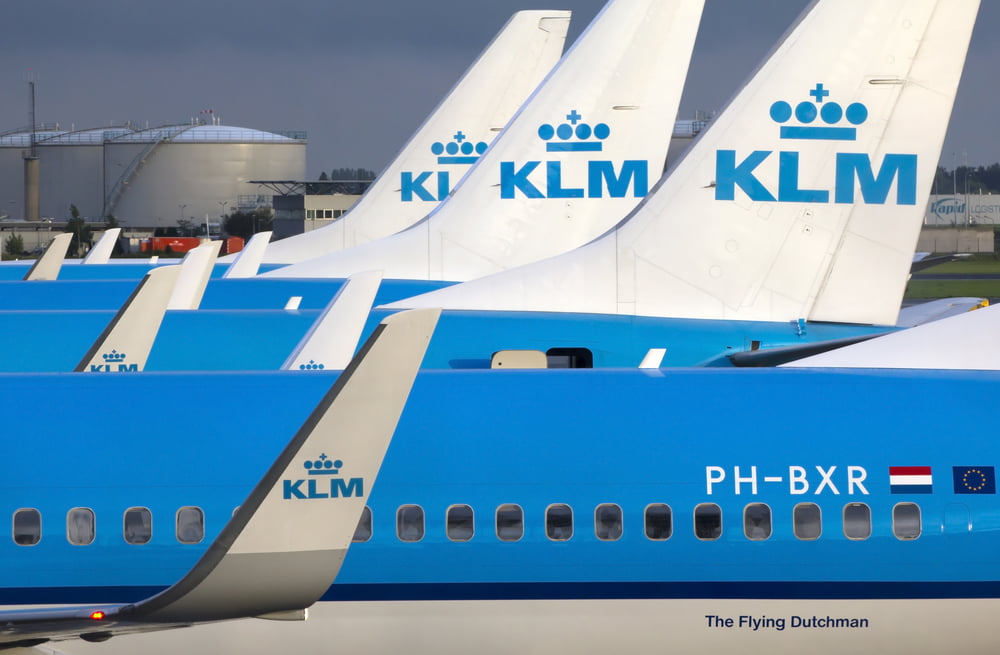Aviation growth in the Netherlands should only be allowed if nitrogen emissions decrease, as is the case in other sectors. This is the opinion of the Nitrogen Problems Advisory Board, which, at the request of the Cabinet, is today issuing advice on the aviation sector in relation to the nitrogen problem.
Addressing the nitrogen problem requires that any sector that emits nitrogen contributes in a balanced way to solutions. That is what the Nitrogen Problems Advisory Board wrote in September 2019, led by chairman Johan Remkes, in the first advice 'Not everything is possible'. In October last year, Minister Schouten asked the Advisory Board to - early in the run-up to the final report that will be published in May 2020 - come forward with advice on aviation.
Image of the aviation sector
The aviation sector is seen as a sector that makes a relevant contribution to the nitrogen problem. The Advisory Board can imagine that picture, because the aviation sector makes a major contribution to the emissions of CO2, particulate matter and noise pollution. The Advisory Board has conducted extensive research into the share of the aviation sector in nitrogen emissions. This study shows that the contribution of the aviation sector to nitrogen emissions is limited, but higher than reported. This means that the image of aviation as a major pollutant of nitrogen is not in accordance with reality.
Nitrogen emissions from the aviation sector are limited, but greater than reported
For the aviation sector, a contribution to nitrogen emissions of 0,1% is reported. It only looks at emissions from flight movements to and from Dutch airports, up to an altitude of 3.000 feet. However, the Advisory Board is of the opinion that all precipitation that ends up in the Netherlands from aviation should be taken into account. And therefore also emissions from aviation from higher air layers (above 3.000 feet), because above this limit a lot of nitrogen comes from aviation. The contribution of the aviation sector to the nitrogen precipitation in the Netherlands then amounts to between 0,7 and 1,1% of the total emissions and corresponds to 12 to 19 mol N / ha / year.
Emissions above 3.000 feet are difficult to relate to sources responsible for nitrogen emissions. Given the expected autonomous increase in air traffic, atmospheric deposition will increase above 3.000 feet. This increase cannot be directly influenced by the Netherlands and will have to be discussed internationally.
Aviation is a growth sector
Aviation in Europe has been a growth sector in recent decades. For example, reported emissions increased by 1990% between 2005 and 85 and again by 2005% between 2017 and 25. Due to the decline in many other sectors, the relative share of the aviation sector has quadrupled since 1990, despite the decrease in emissions per flight movement. This means that the increase in air traffic is greater than the decrease in emissions.
Balanced contribution from aviation sector
The Advisory Board considers it fair to other sectors that the emission scope for the aviation sector is also reduced. The desired growth of Schiphol and the opening up of Lelystad Airport will then only be possible if the nitrogen emissions of the aviation sector as a whole decrease. That is why the Advisory Council recommends that the consequences for nitrogen emissions be fully, fully and fully assessed when making decisions about the desired growth of Schiphol and opening up Lelystad Airport.
Possible measures
In particular at and around airports, the Advisory Board sees opportunities to limit emissions. For example with electric taxiing, renewal of the fleet with more efficient and lighter aircraft, reducing the number of flights, banning polluting aircraft with a bonus / malus system and stimulating gliding flights to reduce fuel consumption and noise production. Also, emissions from transport movements to and from the airport can be reduced, reducing emissions associated with airport development.
If this does not yield enough, the aviation sector must contribute to the reduction of emissions from other sectors before it can grow itself. This concerns airport-related (economic) activities of the airport (as a company), such as road traffic to and from the airport, so that on balance the emissions decrease.




